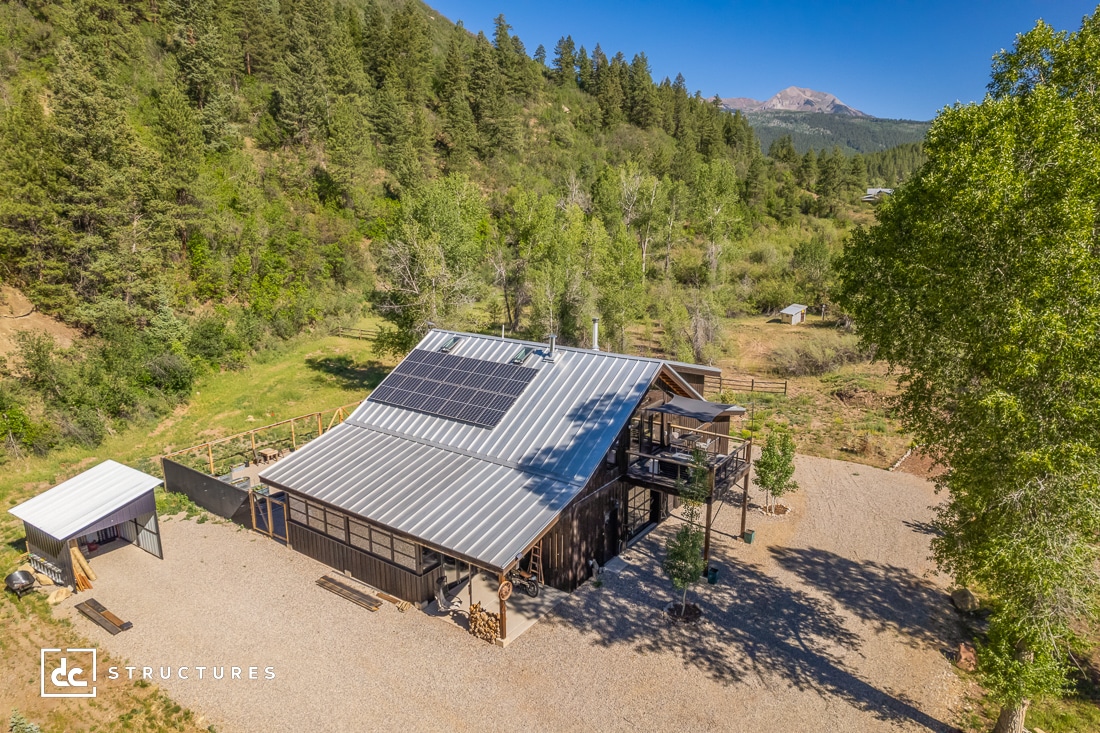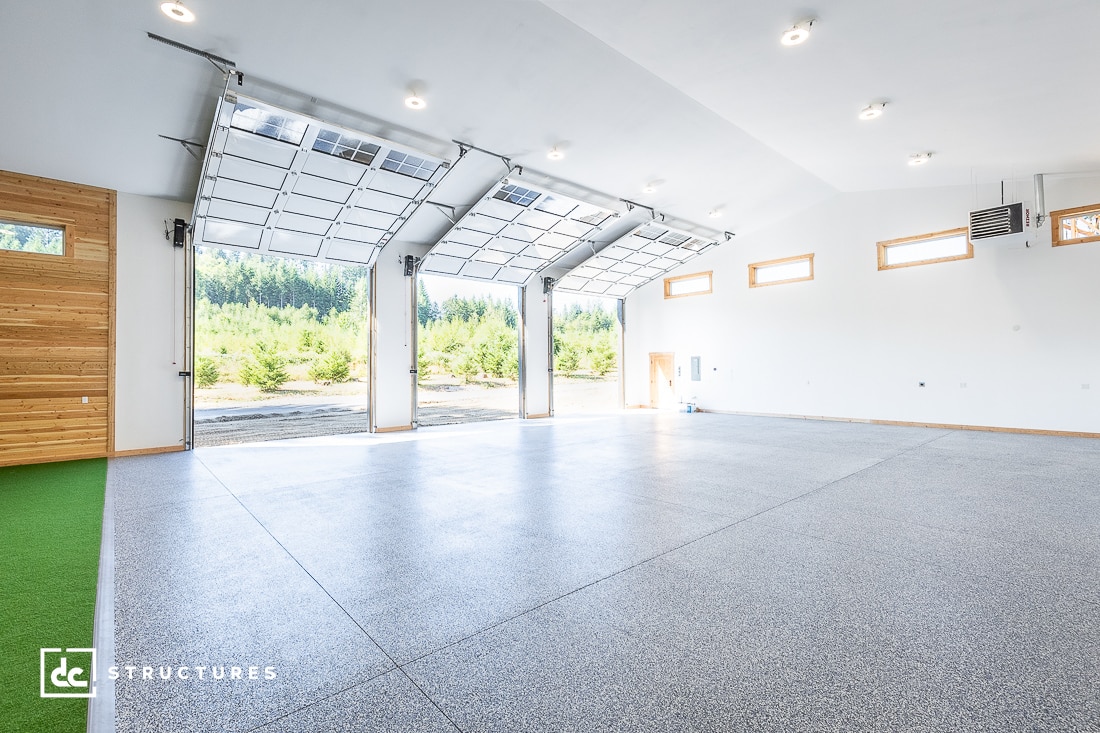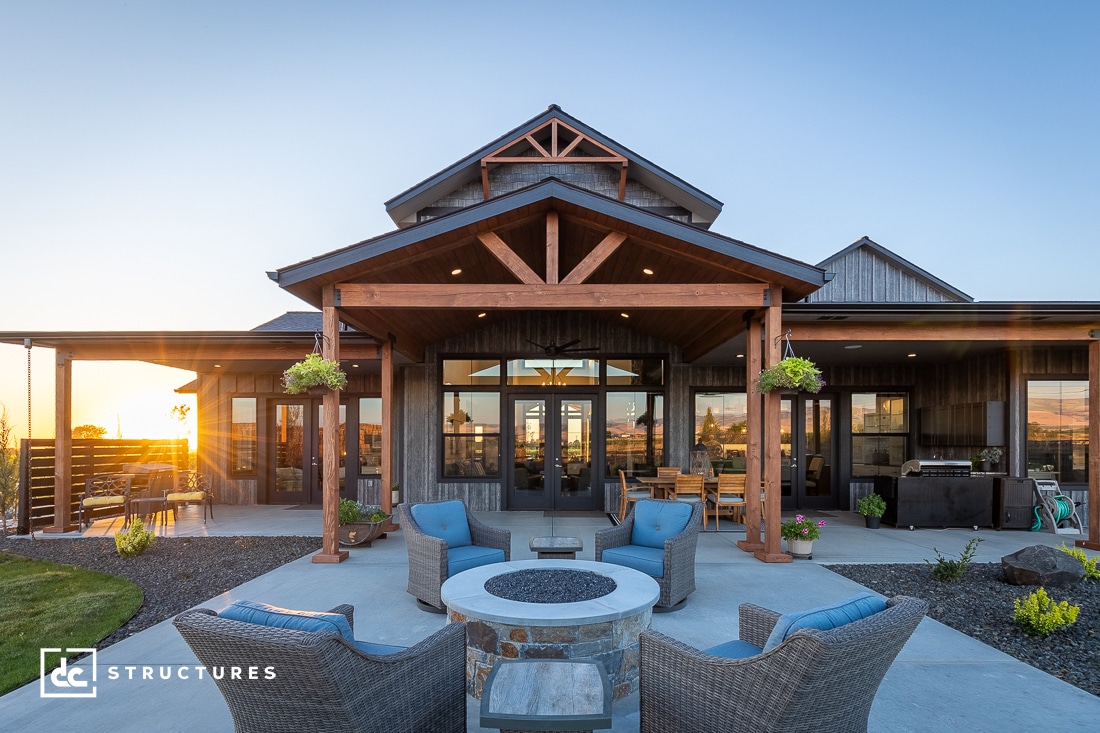1. Create a Personalized Work Space That Inspires You
Regardless of whether you work from home, run your own business, or work from the office five days a week, everyone deserves an office where they feel inspired to get the job done when they need to.
2. Deck Out Your Deck
Like this stunning second-floor deck, we love designing outdoor spaces that embody the unique personality of the client without sacrificing functionality. From BBQs and outdoor stoves to fire pits and enough seating to host your family (and your family’s family), you really can have it all!
3. Incorporate Creative & Mystical Accent Pieces
Knock, knock! Who’s there? It’s just us, but we wouldn’t blame you for assuming it was a small man on a quest to destroy the One Ring!
Some clients opt for classic fixtures and accent pieces, and others opt for ones that shout their personality across a football field. Whichever you prefer, we have the ability to source even the most unique pieces that will bring your vision to life.
4. Keep Your Hobbies, Horses, & Home Under One Roof
It’s a barn! It’s a house! It’s a… both?!
If you want to live with your horses but can’t convince your spouse to let them sleep in your room, we’ve got the next best thing: Add horse stables adjacent or below your living space!
This addition is a highly requested customization, and one that complements the traditional heavy timber kits like the Oakridge and Columbia aesthetic quite well.
5. Introduce Your Statement Staircase to the Outdoors
Who said statement staircases had to be reserved for posh indoor foyers? Exterior staircases lend both character and functionality to your home, making them a great addition for any barndominium.
6. Add Builder-Grade & Custom-Made Built-Ins
From bunk beds and cabinets to walk-in closets and bars, we have the expertise to design and build stunning bespoke built-ins that will leave your guests in awe of your space.
7. Make Contrast a Key Consideration
You’re paying for the best-of-the-best timber, why not show it off with high-contrast beams?
We love the look of dark timber against light colored walls; it’s a design style that’s been around for thousands of years in many parts of Europe and Asia. Trends come and go, but this style remains timeless!
8. Let There Be Natural Light
We love working with clients to source and design their kit around their exact window aesthetic. Whether it’s the windows that come standard with your kit or an artisan-crafted stained glass window from Italy, we can do–and have done–it all.
9. Design Unique Spaces for a Unique You
We listen and we don’t judge. Whatever you need your barndominium for, we allow unlimited customizations to make it perfectly tailored to your personal needs.
At the end of the day, your home should be as bold, functional, and full of personality as you are—and with one of our barndominiums, there’s no limit to how creative you can get. Whether you’re dreaming of cozy built-ins, an envy-worthy deck, or a place where your horses get VIP treatment, we’re here to help you make it happen.
So go ahead—embrace the weird, the wonderful, and the wildly unique. Because around here, “custom” doesn’t just mean choosing paint colors. It means building a space that tells your story, one unforgettable detail at a time!
Ready to get started on your own barndominium project? Get the ball rolling by getting to know our Barndominium kits or requesting a free quote!
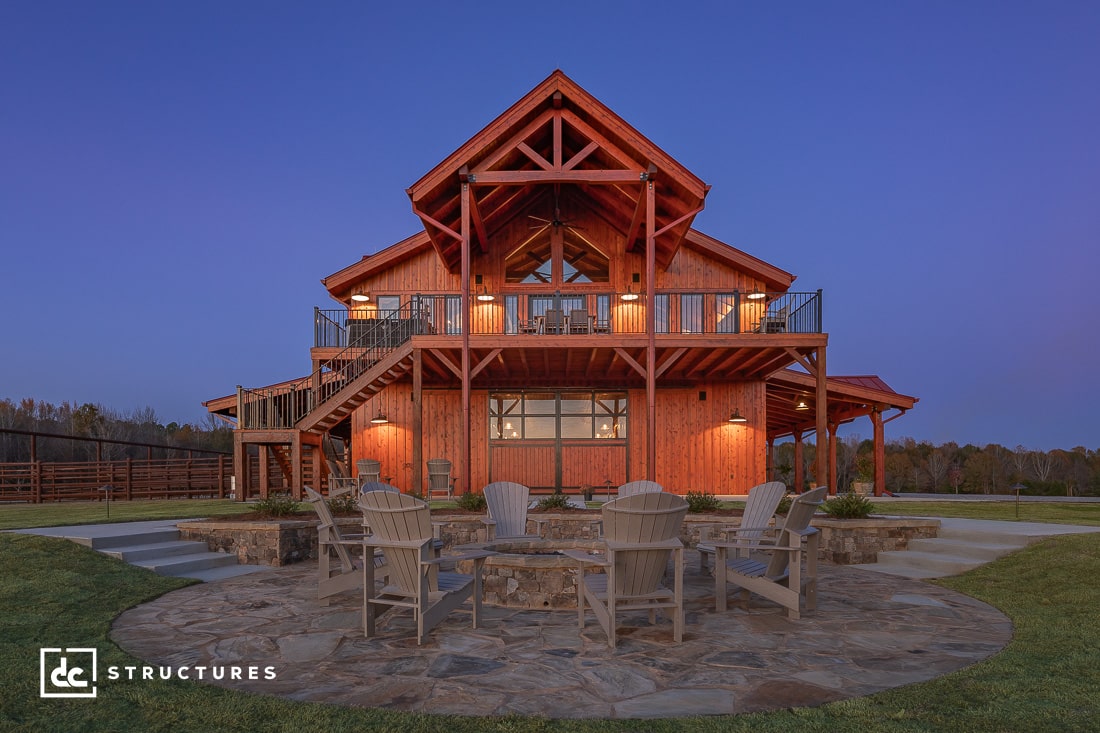
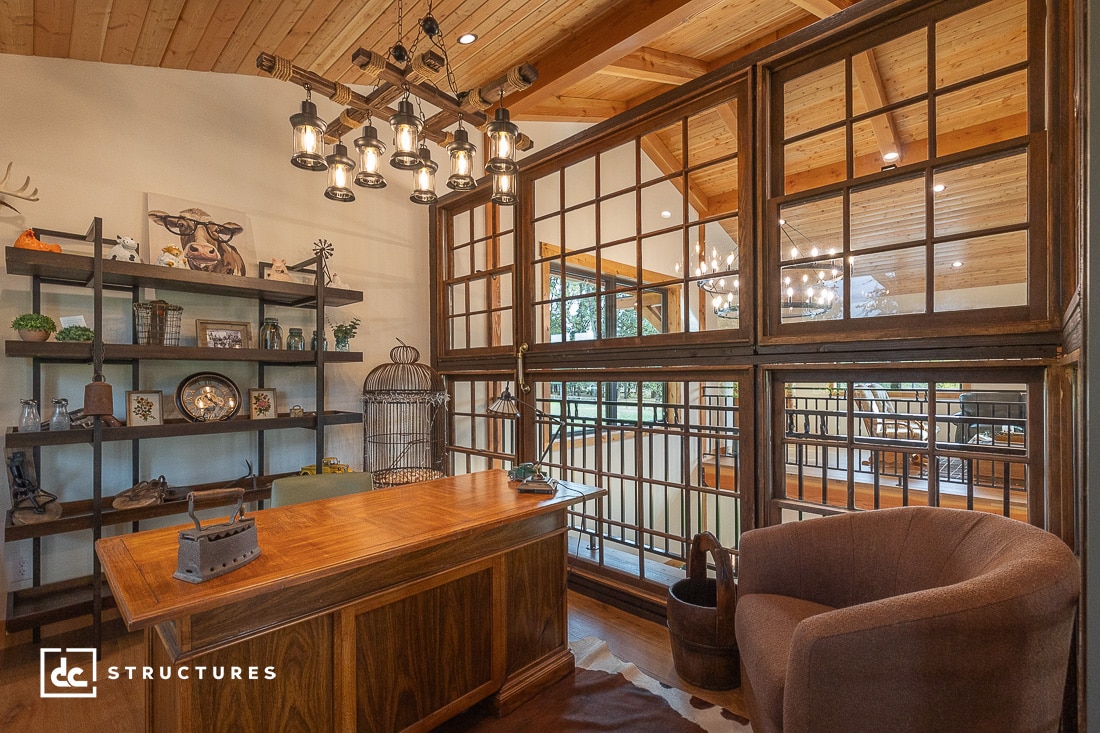

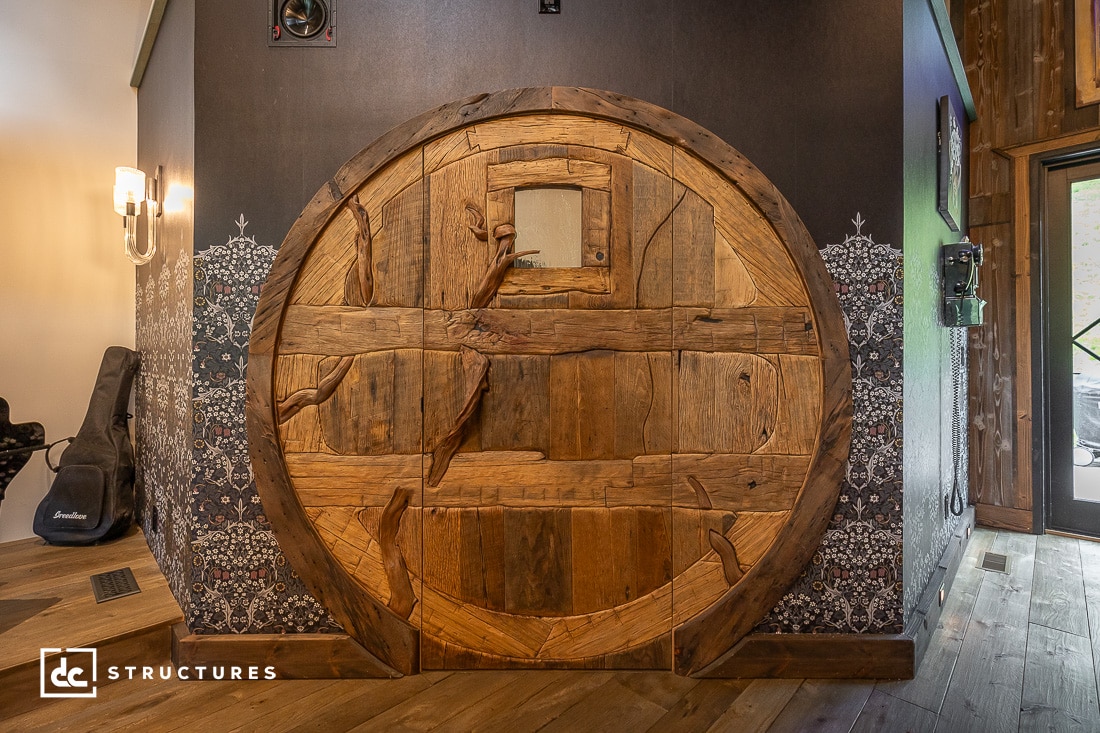
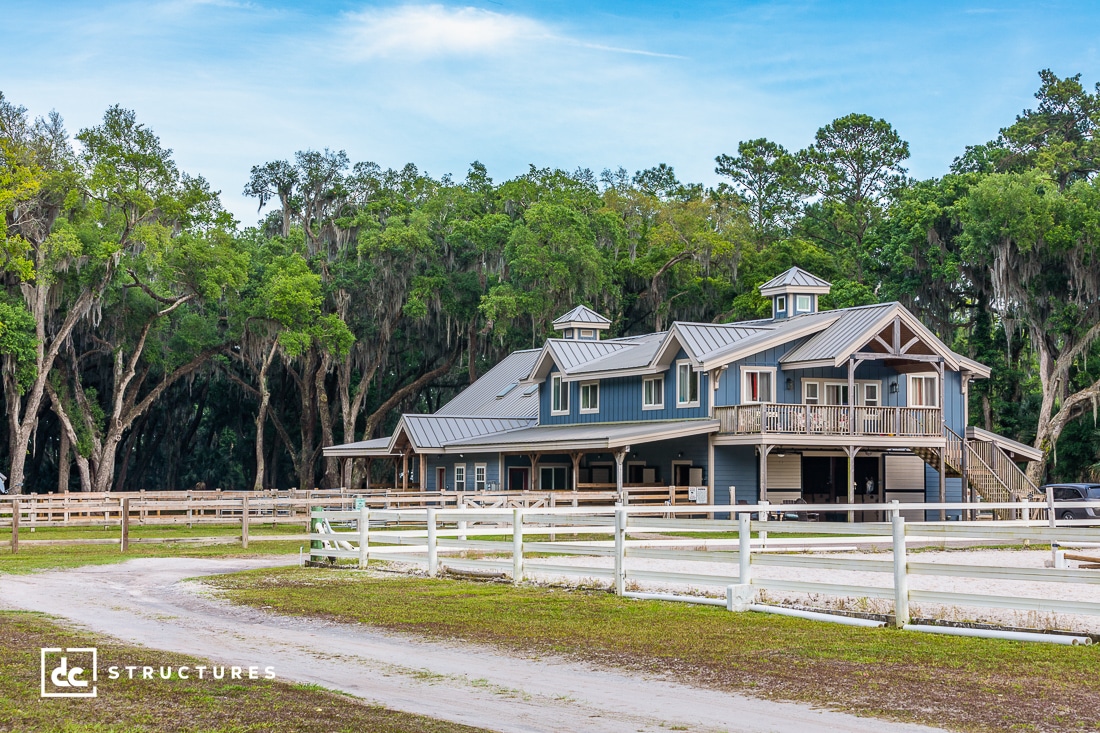
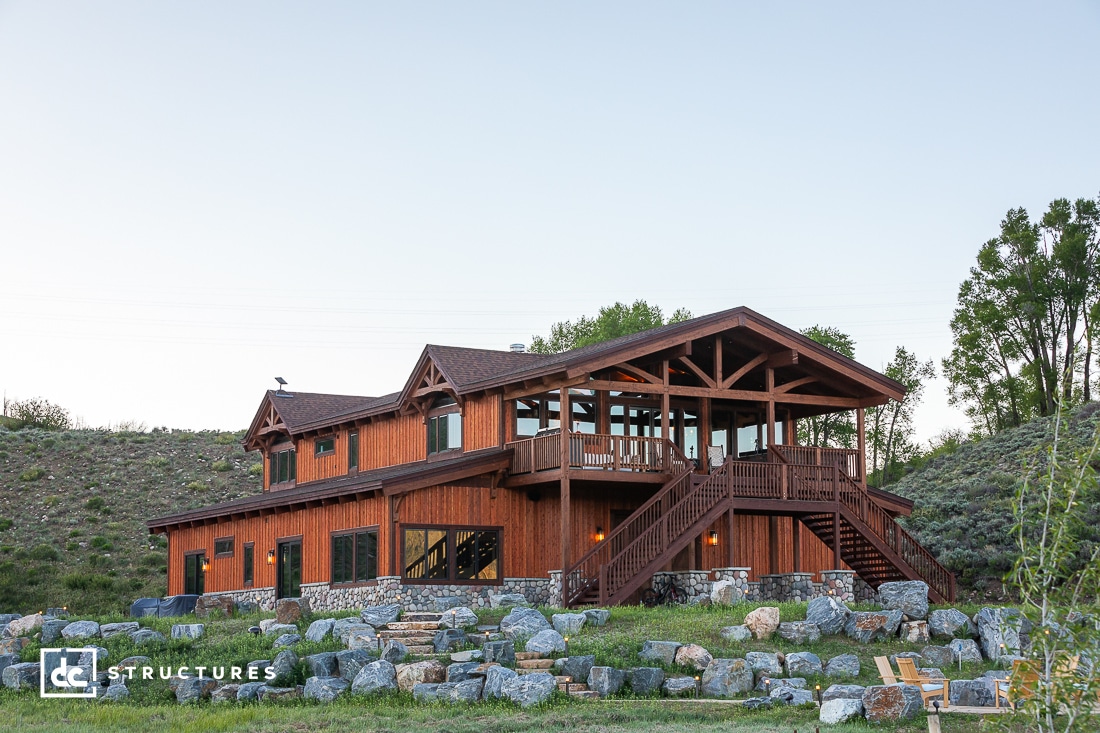
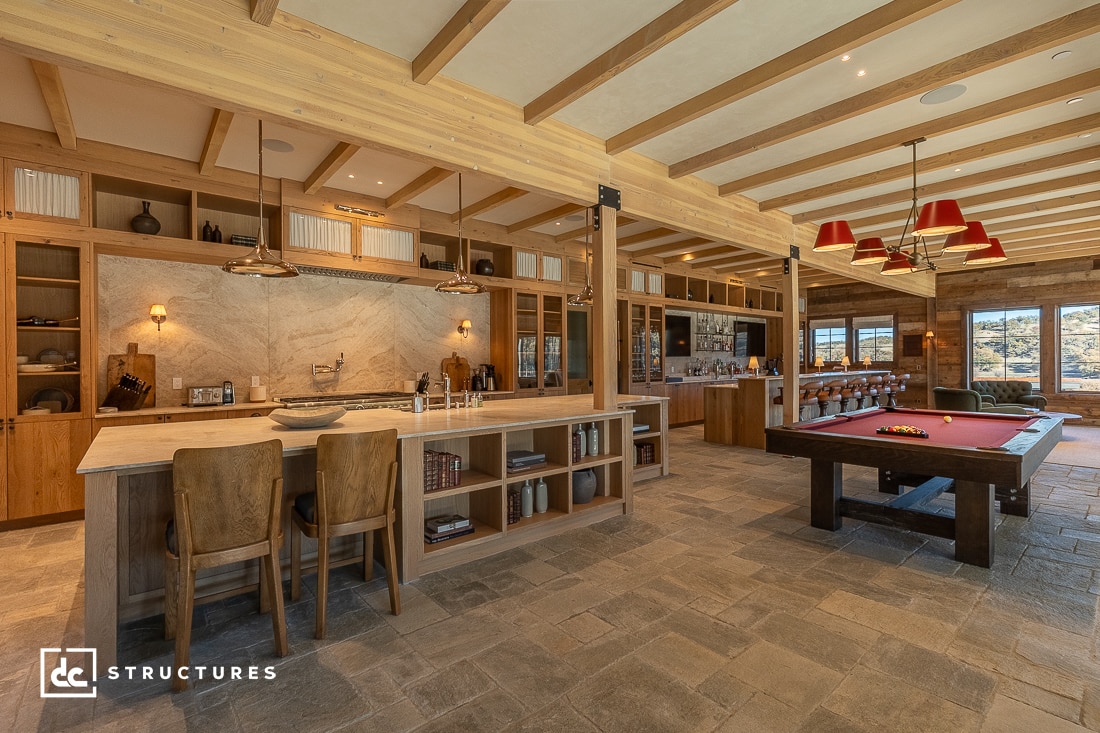

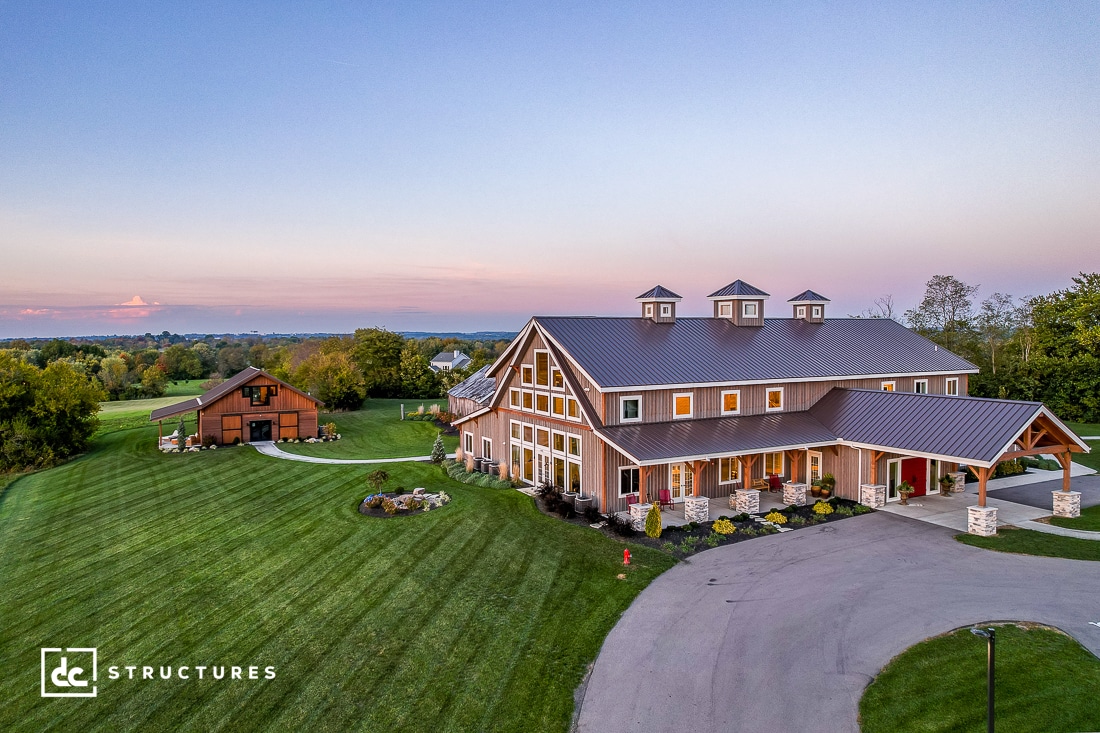

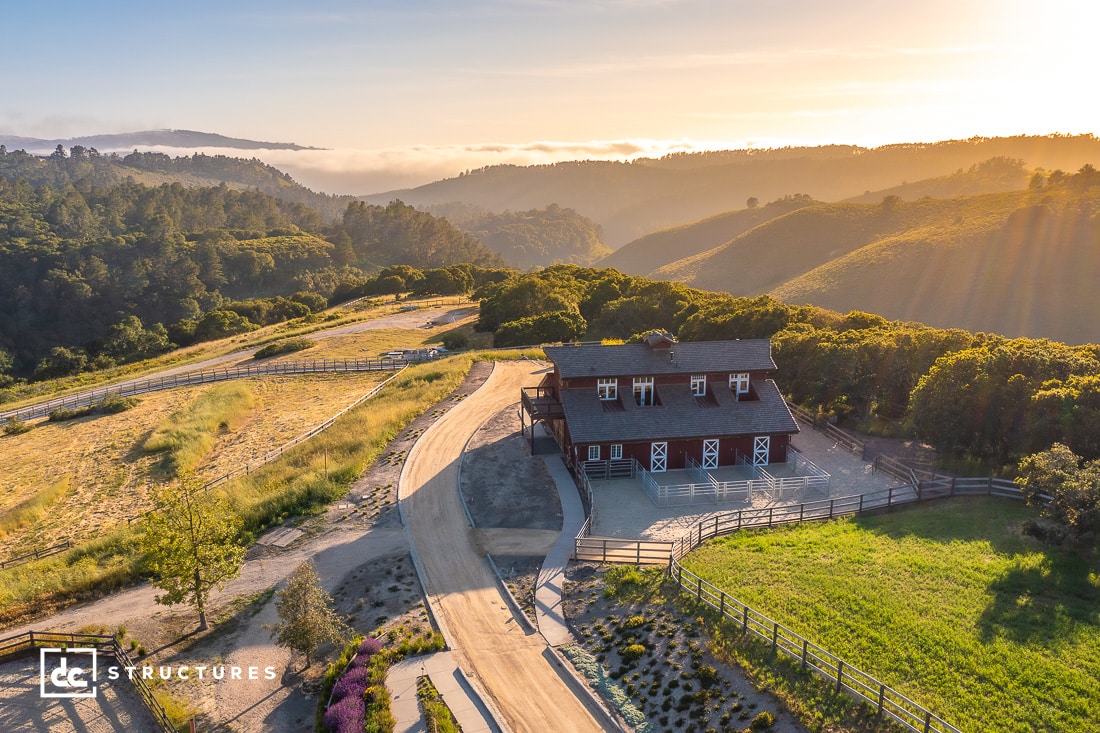
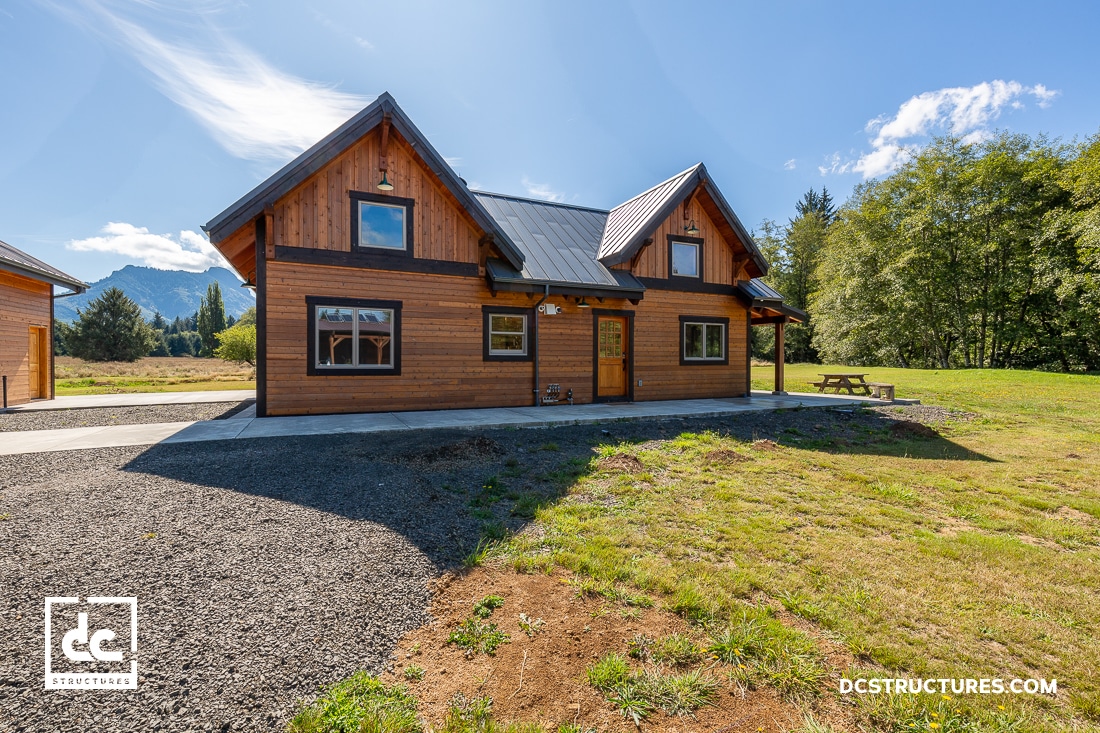
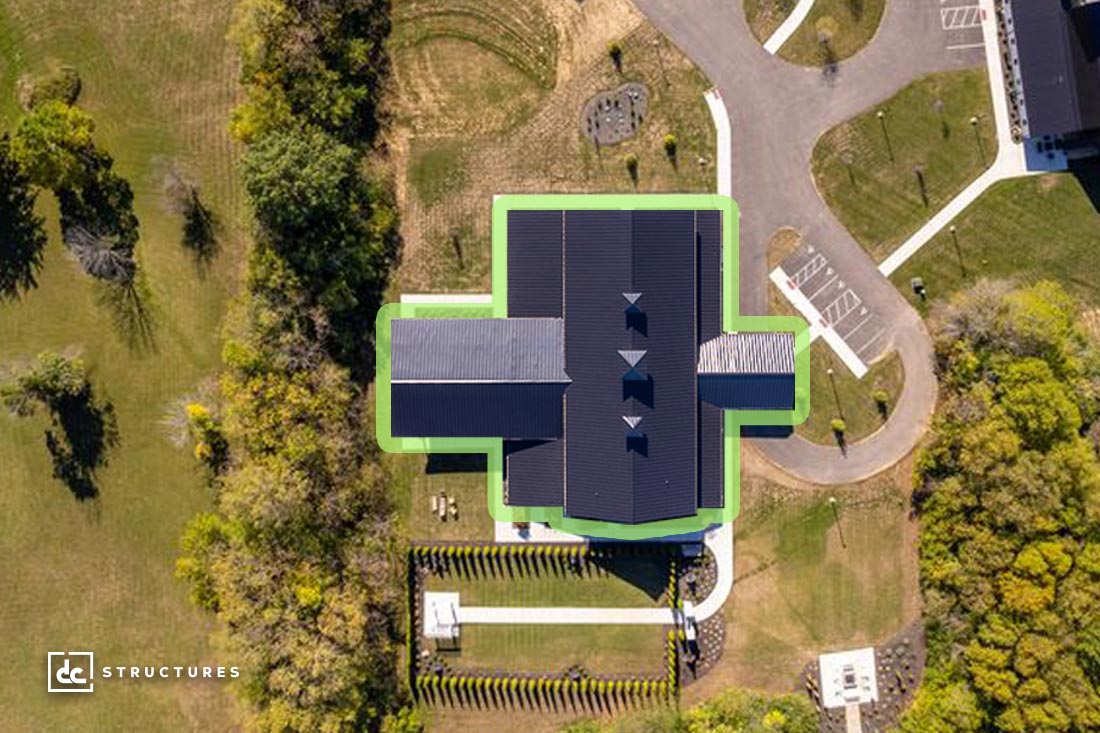


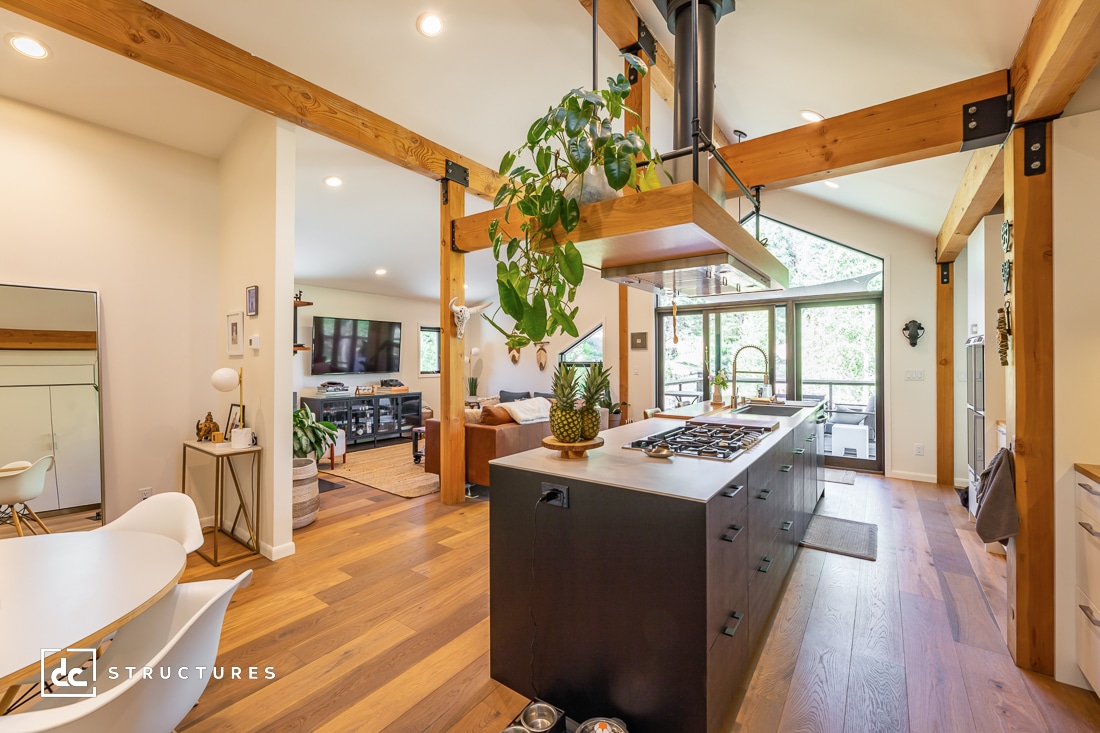
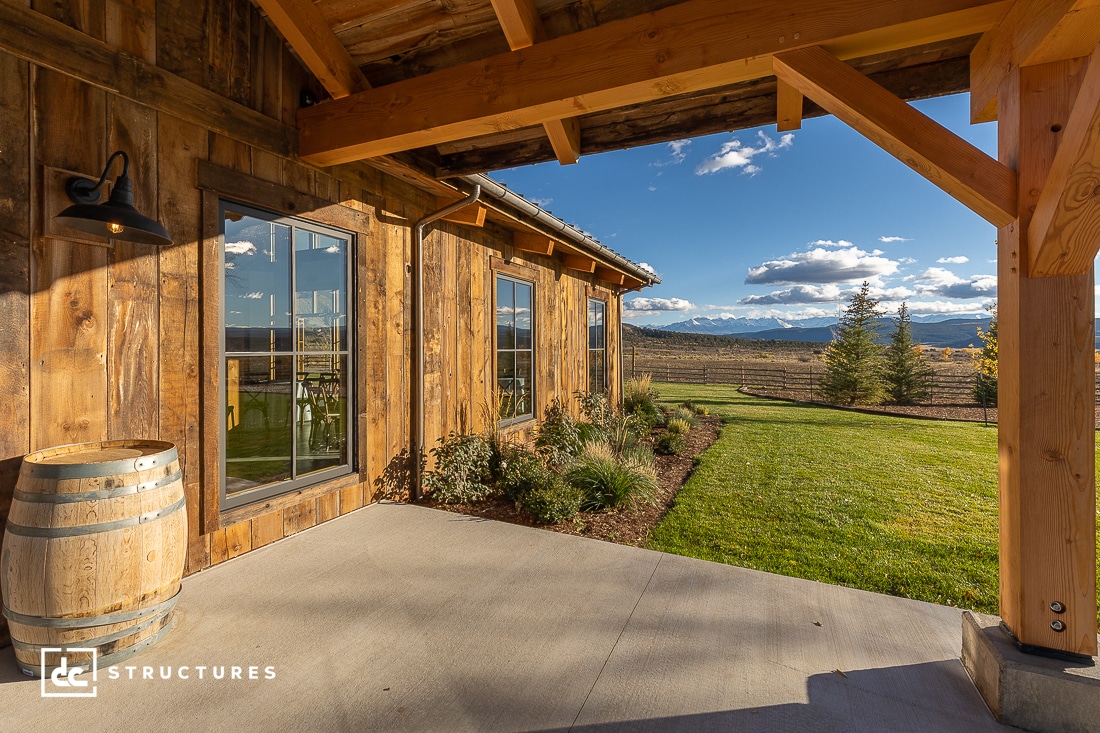 From bamboo flooring and reclaimed wood accents to energy-efficient appliances and organic textiles, there are more beautiful, functional options than ever for creating an eco-friendly space. At DC, one of our favorite sustainable materials is the
From bamboo flooring and reclaimed wood accents to energy-efficient appliances and organic textiles, there are more beautiful, functional options than ever for creating an eco-friendly space. At DC, one of our favorite sustainable materials is the 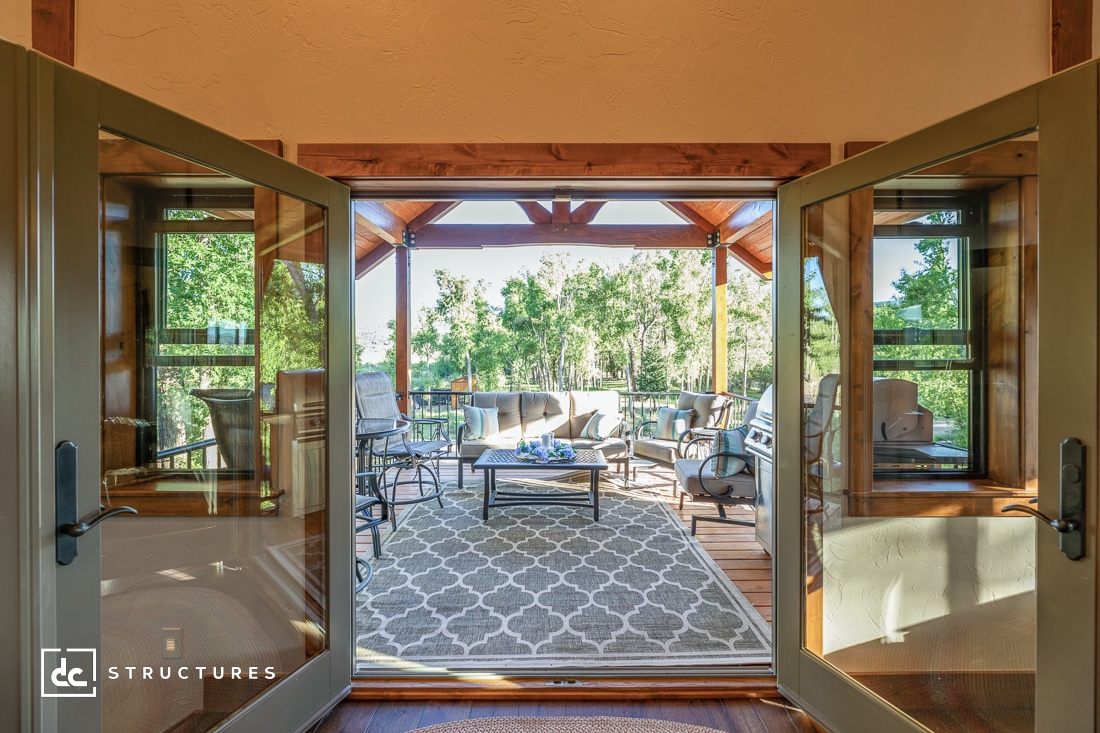 Whether it’s through foldable glass doors, expansive windows, or thoughtfully designed patios and decks, integrated outdoor living invites more light, fresh air, and serenity into your daily life. The result is a warm, calming interior that feels open, grounded, and seamlessly connected to the landscape just beyond your walls.
Whether it’s through foldable glass doors, expansive windows, or thoughtfully designed patios and decks, integrated outdoor living invites more light, fresh air, and serenity into your daily life. The result is a warm, calming interior that feels open, grounded, and seamlessly connected to the landscape just beyond your walls.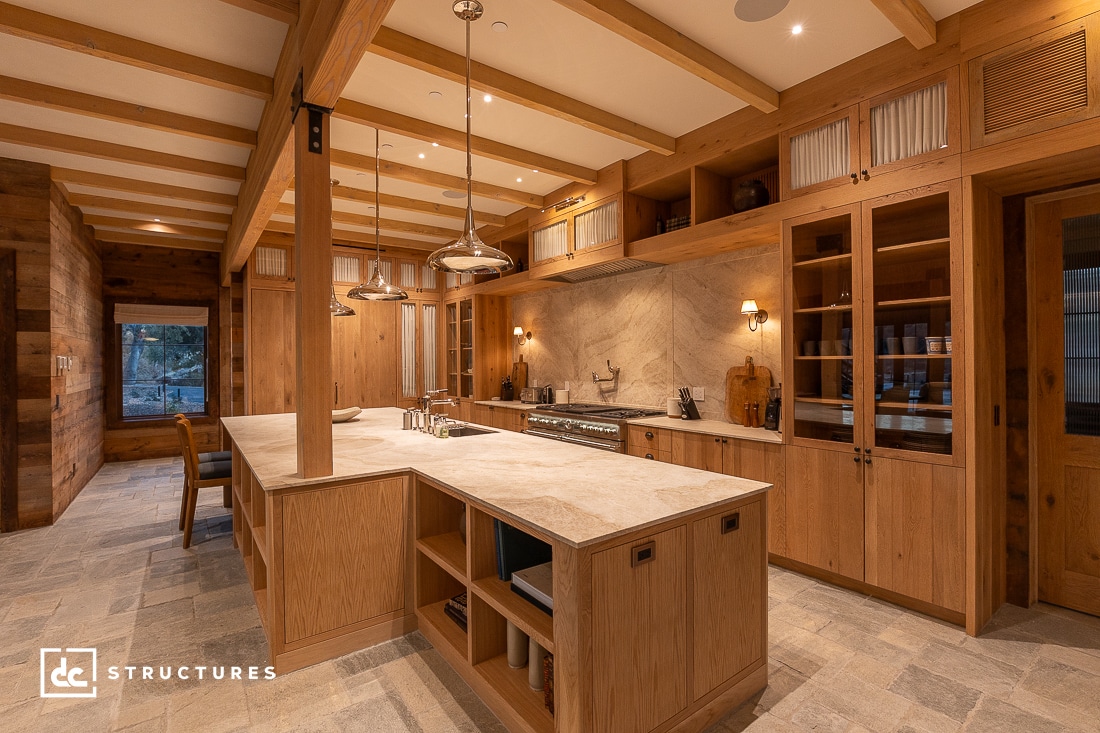 One trend that’s quite literally shining in 2025 is layered lighting. By combining ambient, task, and accent lighting, homeowners can create depth, dimension, and flexibility in any space. So, whether you’re designing a cozy reading nook, a chef-ready kitchen, or a charming outdoor entertaining area, layered lighting ensures every corner is functional, inviting, and beautifully lit.
One trend that’s quite literally shining in 2025 is layered lighting. By combining ambient, task, and accent lighting, homeowners can create depth, dimension, and flexibility in any space. So, whether you’re designing a cozy reading nook, a chef-ready kitchen, or a charming outdoor entertaining area, layered lighting ensures every corner is functional, inviting, and beautifully lit.
